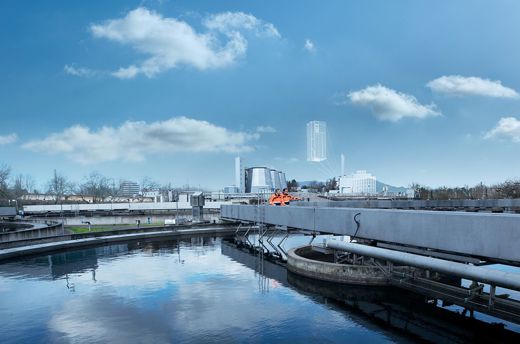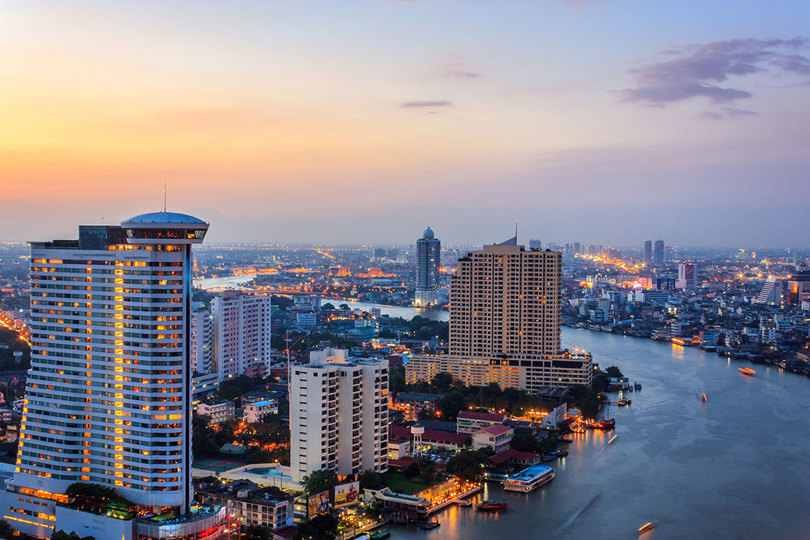
DENMARK: Denmark aims to be the first country in the world with a carbon-neutral water utility sector. Over the last five years, energy consumption in the Danish water utility sector has plummeted by 20% - and the Danes have now even managed to create the first energy-neutral catchment area in the world.
Today, 4% of the world’s electricity is used by the water utility sector – and according to the International Energy Agency’s 2016 annual report, that number could double by 2040 unless steps are taken to prevent it. And considering that the water utility sector is already using as much electricity as all of Russia, this is a challenge that should be taken very seriously indeed.
Seen in this light, Denmark is a water wonderland – and an example to follow. In Denmark, just 1,8% of electricity is used by water utilities – and that number is expected to drop precipitously in the coming years. A report by consulting engineers Niras outlines how the country’s water utility sector can become carbon-neutral in a matter of years – exclusively by using existing technologies.
The Niras report also correctly predicts that Danish wastewater treatment plants will be able to produce more than enough energy to cover the water utility sector’s own demands. And this is in fact exactly what happened when Aarhus Water and Danfoss came together to improve the Marselisborg Water Supply and Wastewater Treatment plant.
World’s first energy-neutral water cycle
The plant’s motors were optimized and controlled with variable speed drives, while sensors and advanced process controls were introduced. This resulted in dramatic energy savings in the wastewater treatment, while steps were simultaneously taken to increase biogas production from the extracted sludge/carbon. In 2016, this led to an energy production of 234% at the Marselisborg plant – enough to cover the plant’s own energy demands and still leave 134% for the remaining water cycle (water supply and wastewater pumping) and consumer use.
The end-result in Aarhus is an energy-neutral water cycle for the city’s 200,000 inhabitants – the first of its kind in the world. Surplus electricity from the plant is delivered to consumers as green energy, while enough surplus heat for 500 homes gets transferred to the district heating network.
The Marselisborg solution will keep working as long as citizens keep generating wastewater. And – even better – it can be copied in other plants around the world.
“What we have effectively proven at Marselisborg is that it is possible to reduce energy consumption to zero”, explains Mads Warming, Global Director of Water and Wastewater at Danfoss.
The important lesson here is that the global water utility sector can go from heavy energy user to energy-producing force for good in the community – using only existing technologies. In Aarhus, the price of water dropped by 9% for consumers in 2016, while the global water price rose by 3,5%. In more popular terms, it proves that sometimes it is, in fact, possible to have your cake and eat it – that we can save the environment and save consumers a lot of money at the same time.

Urban Efficiency is key to sustainable growth
The UN Department of Economic and Social Affairs has estimated that by 2050, the world’s population will reach about 9.8 billion – nearly 70% of whom will live in cities.
And the cities are what we need to focus on to reach the goals of the Paris agreement, which sets out a framework to keep global warming below 2 degrees Celsius.
Explore our theme site on urban efficiency and discover why it’s the most effective way to turn the challenges of our cities into opportunities.
